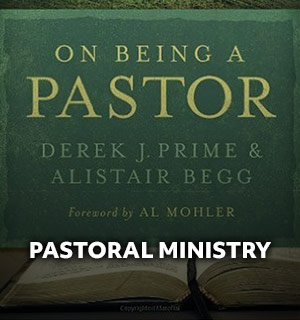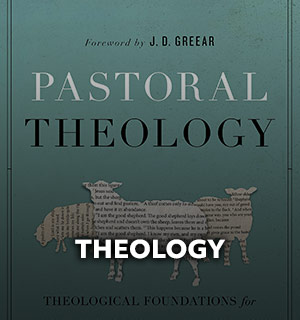by Aaron Earls
In some ways, Millennials, defined as those born between 1981-1996, are like every other generation that came before. Church leaders can easily be consumed by the notion that young adults today are drastically different from everyone else who was that age once. However, the current generation is made up of individuals who share the same basic needs as everyone else, including the ultimate need of redemption.
Having said that, there are key differences between Millennials and previous generations that warrant attention from church leaders seeking to reach them. Looking at recent data from Pew Research, here are four such differences.
1. They are the most diverse.
While other generations were more than 65 percent white as young adults, Millennials are much more ethnically diverse. Only 57 percent of current young adults are white, with larger percentages of Hispanic, Asian, and other races than before.
If your church wants to reach an increasingly diverse generation, you’d better be seeking to reach everyone in your increasingly diverse community.
2. They are the least married.
Compared to previous generations, fewer Millennials are married between the ages of 18-33. Less than a third (28 percent) are married, while at the same age 38 percent of Generation X, 49 percent of Boomers, and 64 percent of the Silent Generation were married.
So often churches gear their entire ministry toward “families.” With fewer Millennials getting married (and having children) at a young age, churches will want to strengthen their ministry to singles.
3. They are the most educated.
Among Millennials 55 percent of men and 64 percent of women have at least some college education. This is the first generation in which more than 1 in 5 men and 1 in 4 women age 18-33 have at least a Bachelor’s degree.
Young adults come to church having been exposed to numerous views on religion, morality, and truth. Churches must be ready to provide thoughtful, biblical answers to difficult topics.
4. They are the most urban.
Around the world, cities are exploding in growth. The same is true in the U.S. and part of that comes from more Millennials living in urban lives. Between 18-33, more than 85 percent of Millennials lived in a metropolitan area—that’s the most of any previous generation.
More church plants are needed in the major metropolitan centers of the U.S. If your church is in the city, look for ways to serve and reach the Millennials around you. If you are a rural or suburban church, partner with other churches to invest in an urban church plant.
For more information on this generation and how the church can read them, read The Millennials by Thom and Jess Rainer.
Related posts:
- 6 Reasons Millennials Aren’t at Your Church
- 7 Ways to Draw Millennials to Your Church
- Millennials & the End of Osmosis Christianity
- Jefferson Bethke: Reaching Millennials
AARON EARLS (@WardrobeDoor) is online editor of Facts & Trends.







